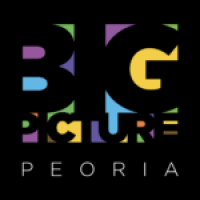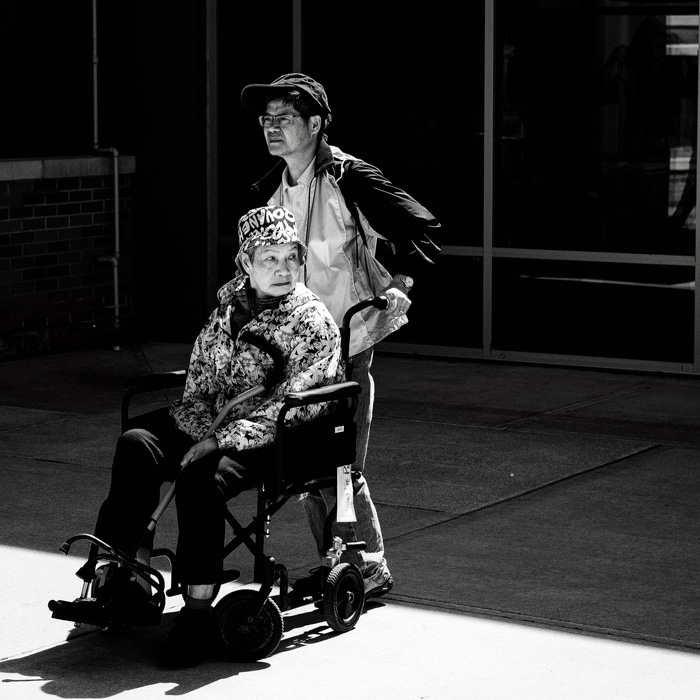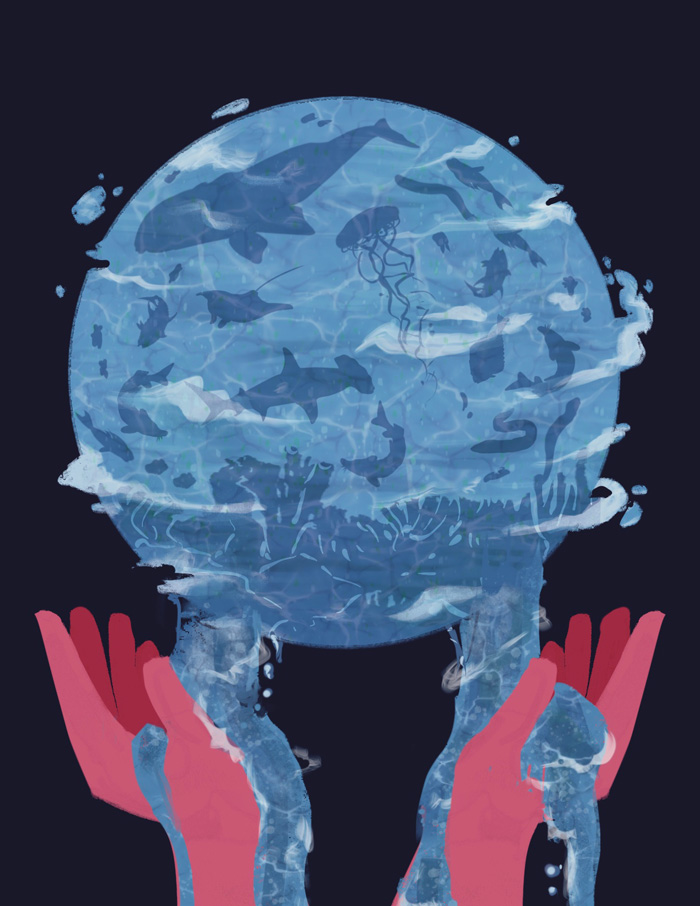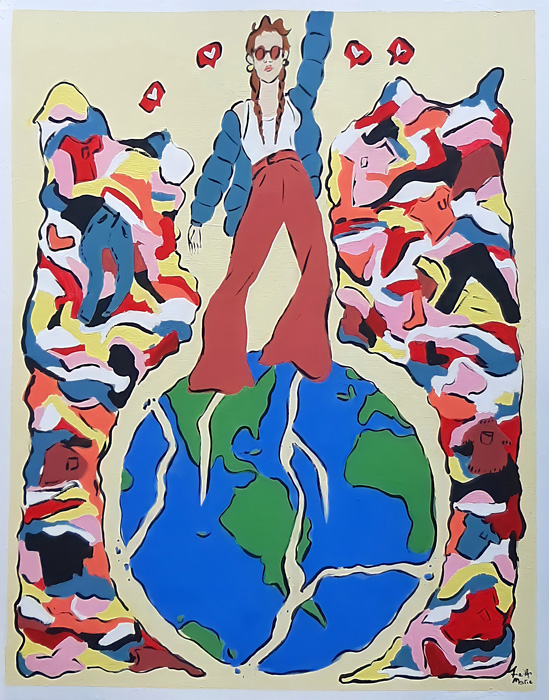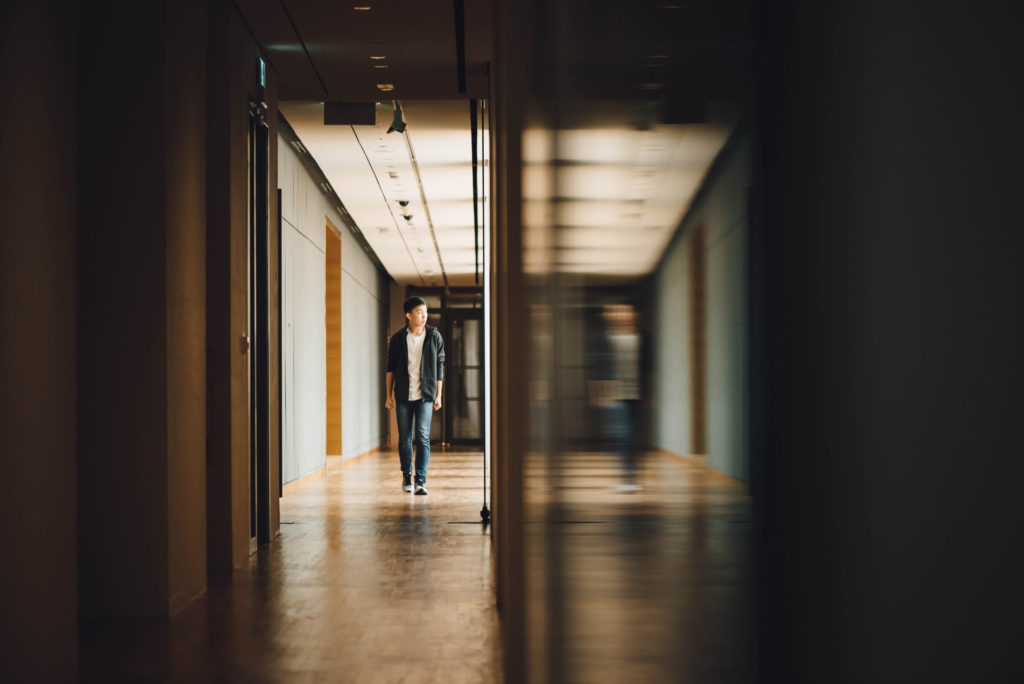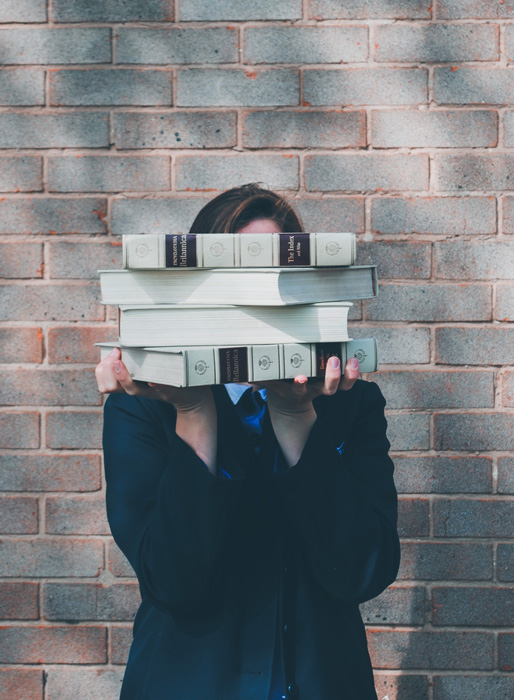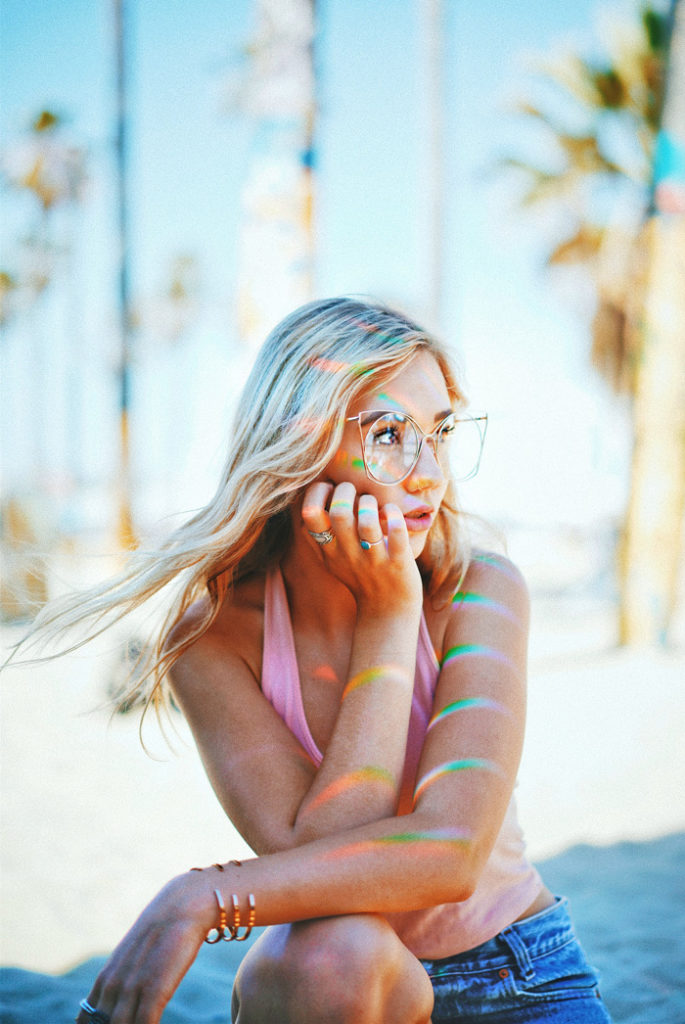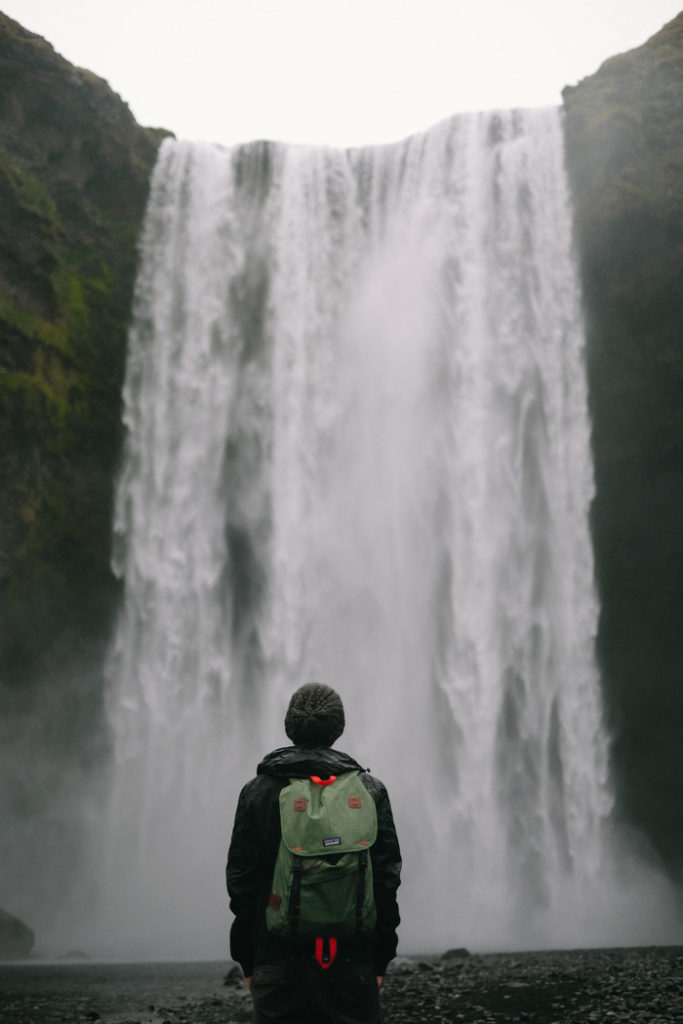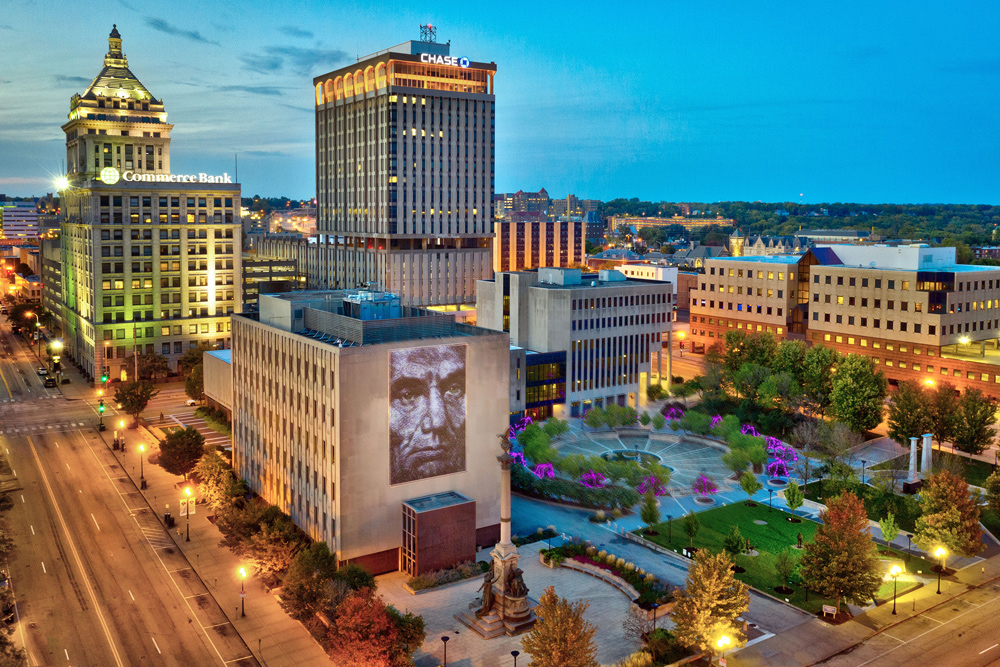Marriage Equality in the Disabled Community
by Alayna Steward For many Americans, choosing to get married could lead to illness or death. Many people over the past few years have expressed their excitement that the fight for marriage equality is “finally over” with the legalization of same-sex marriage. For disabled people, the fight is still ongoing. It is not talked about nearly …
